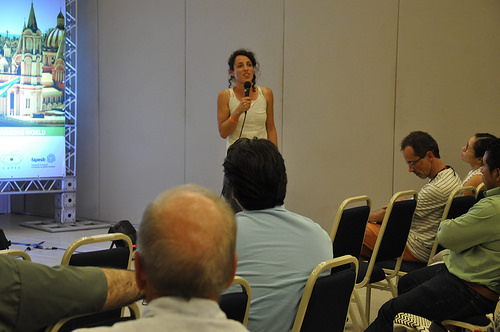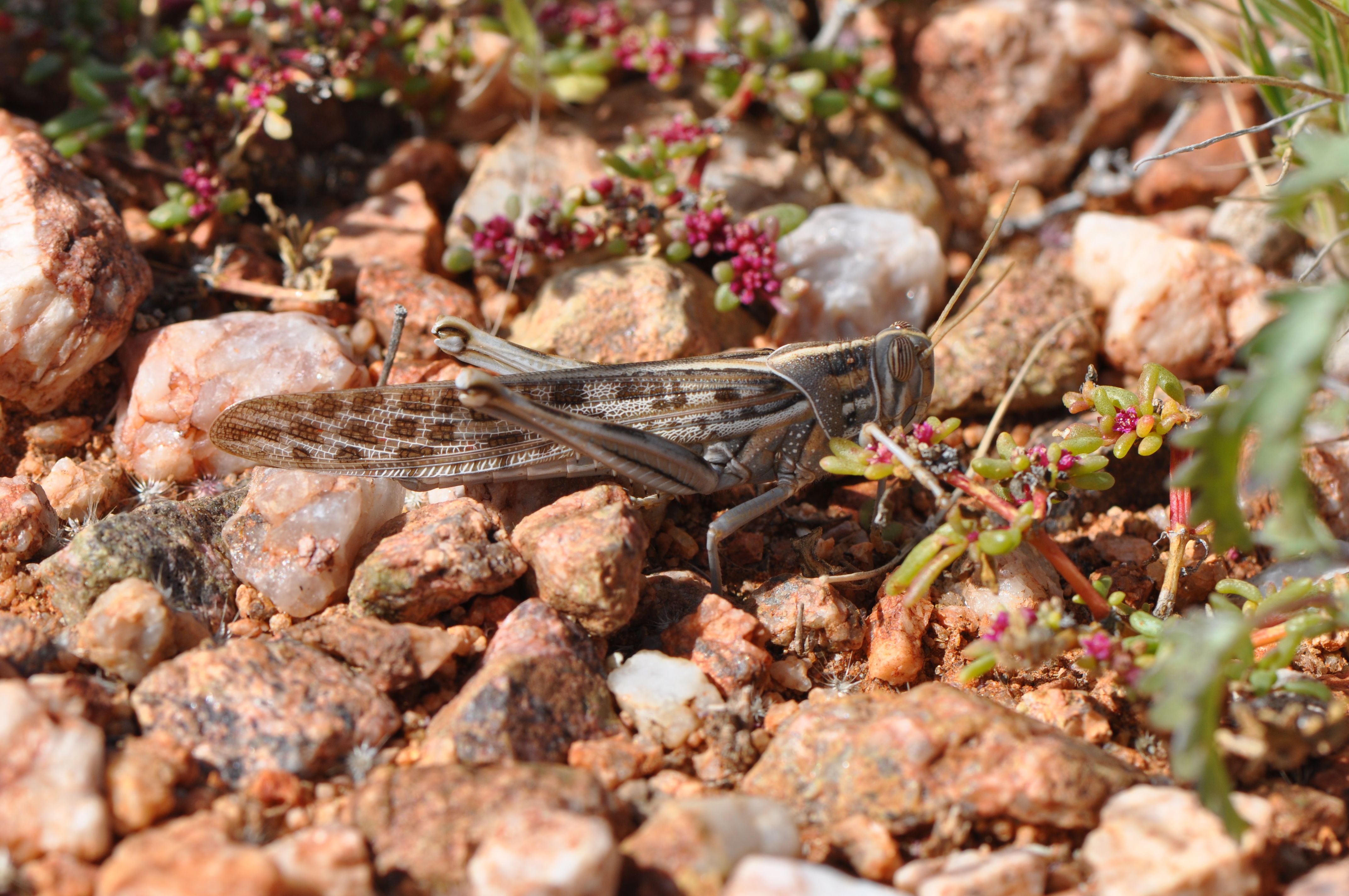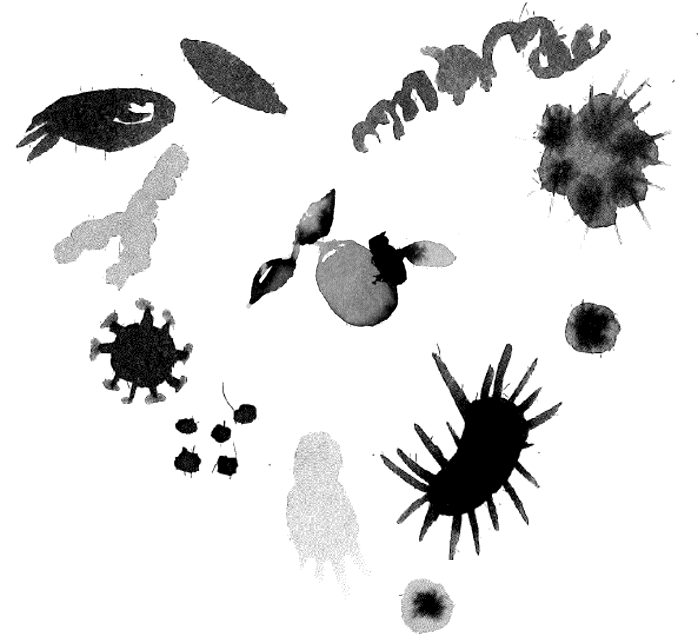Contact Details
- Bios
- Centre de Biologie et de Gestion des Populations
- 755 avenue du campus Agropolis
- CS30016
- 34988 Montferrier sur lez cedex
-
France
- Téléphone :+33 (0)4 99 62 33 22
- Télécopie :+33 (0)4 99 62 33 45
- Adresse mail : marie-pierre.chapuis@cirad.fr
- Orcid ID: 0000-0003-4405-7722
Education and Professional Employment
2009 - current, Cirad Researcher, France (Honorary Research Affiliate of the School of Biological Sciences, Sydney, Australia)
2007 - 2009, Marie-Curie Outgoing International Fellow, CBGP, Montpellier and University of Sydney, Australia, with G.A. Sword and S. J. Simpson
PhD. University of Montpellier, France 2006 (Supervisors: A. Estoup, Y. Michalakis & M. Lecoq)
MSc. University of Montpellier, France 2002 (Supervisor: A. Estoup)
Main Research Interests
My research is mainly focused on population evolution of insect species. I use molecular and evolutionary ecology to infer population histories and processes (e.g. routes of colonization, demographic quantities) and test for the roles of (a)biotic factors (e.g. landscape, microbial communities).
Ongoing Research Lines
Evolution of phase polyphenism in main locust species

At Cirad, we have a long history with locust species, such as the Desert locust, Schistocerca gregaria (picture: Antoine Foucart, Augrabies Falls, South-Africa) or the migratory locust, Locusta migratoria. These crop pests are subject to huge and unpredictable increases in population density, associated with a switch from the shy and cryptic to the highly active and aggregative behavior (the so-called phase polyphenism, an extreme density-dependent phenotypic plasticity). We are interested in documenting reaction norms of polyphenic traits (e.g. behavior, growth, morphology, reproduction), in exploring genetic parameters (e.g. heritability of traits) and mechanisms (e.g. heat shock proteins) as well as evolutionary hypotheses (e.g. resource use optimization) involved in phenotypic plasticity, and in identifying the environmental conditions leading to the evolution of phase polyphenism and population outbreaks. For further details, see the dedicated webpage.
Main collaborators: Hélène Jourdan, Yannis Michalakis, Benjamin Pélissié, Cyril Piou, Camille Vernier.
Main publications : 4, 8, 9, 11, 14, 27, 32, 36, 38, 40, 41.
Characterization of the diversity of insect species associated with field crops

Communities of microorganisms (microbiota) have an intimate, often mutualistic, but also complex relationship with their host and its environment. As a first step toward considering the microbial compartment for solving key questions in plant health, we characterize microbiota composition variation in phytophagous insects according to host plants (e.g. fruit species in fruit flies or wheat genotypes in the migratory locust). We also explore immune (e.g. parasitism), behavioral (e.g. gregarious phase) or genetic (e.g. evolutionary history) factors.
Main collaborators: Simon Fellous, Isabelle Florent, Marion Javal, Nicolas Rode.
Main publications (so far): 30, 37, 39, 42.